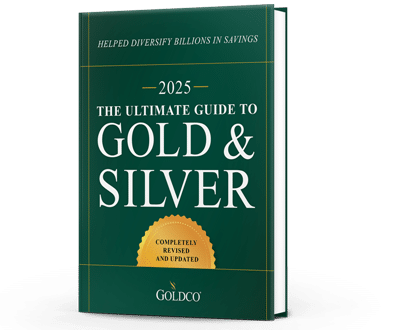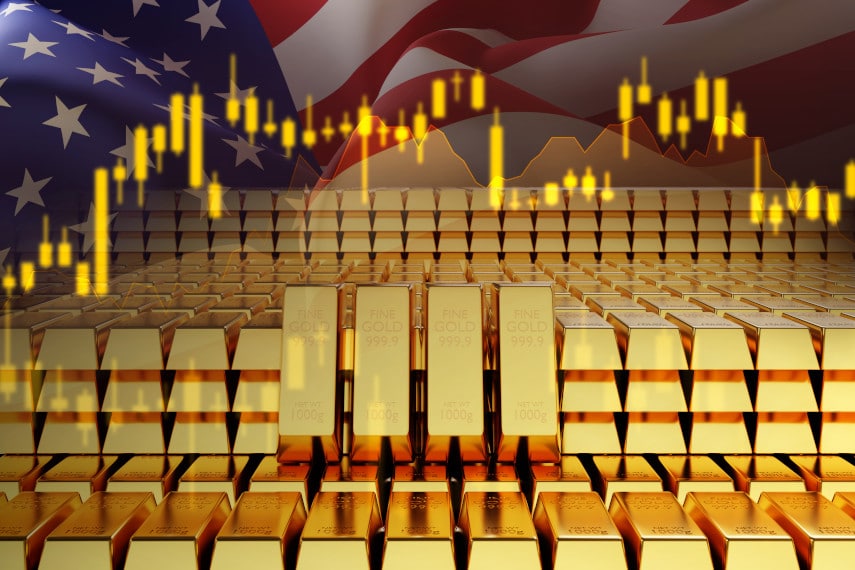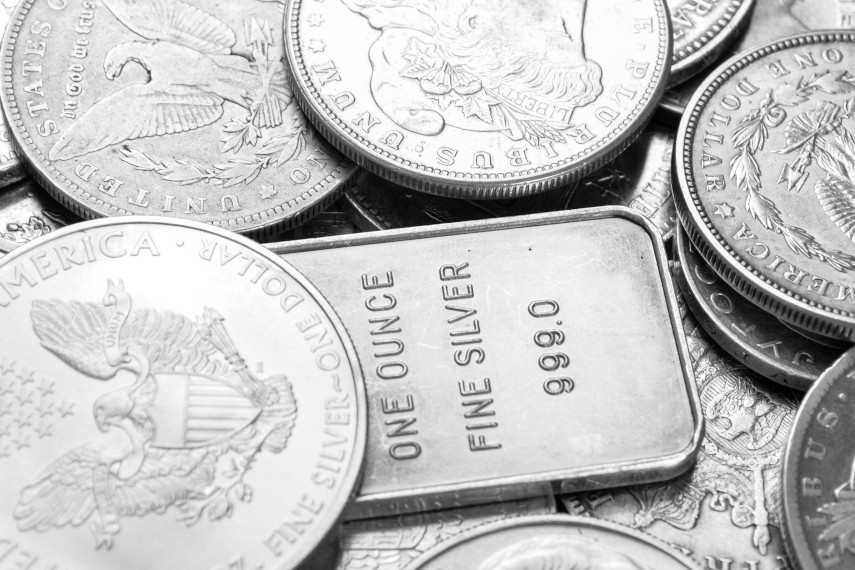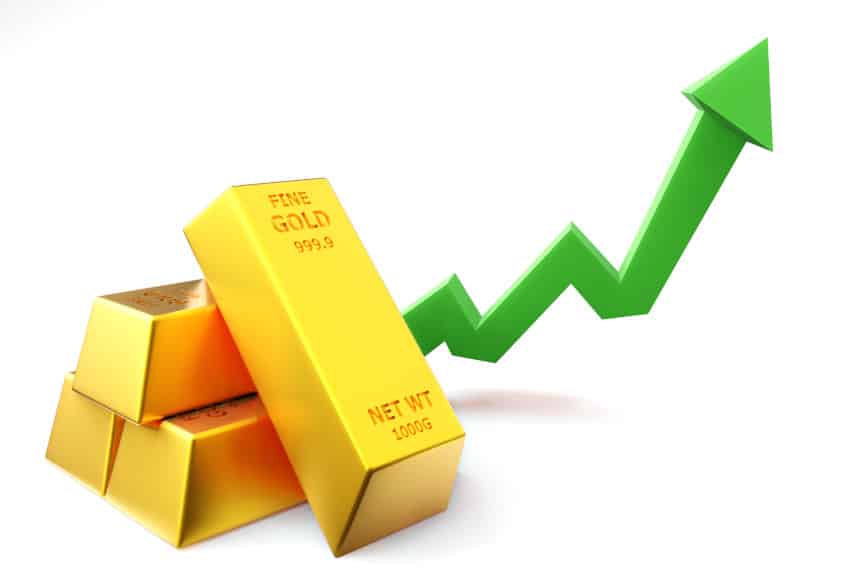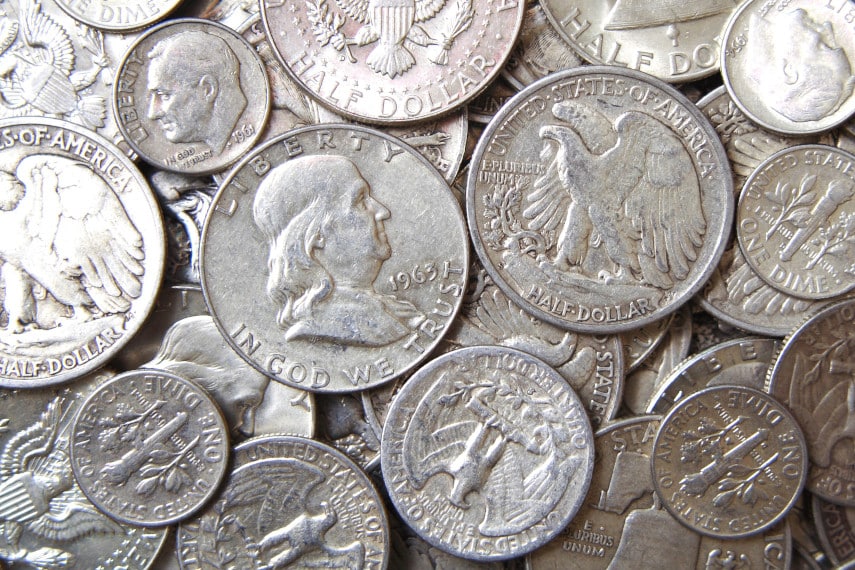
If you’re just getting started in thinking about buying precious metals like gold and silver, you may have heard the term “junk silver.” And you may be asking yourself why anyone would want to buy junk. But rest assured that most junk silver is anything but junk. And it can be a good way to help become familiar with silver coins, start a new hobby, or teach others about the benefits of owning silver.
The History of Circulating Silver Coinage
Americans who were born in the 1950s and earlier may remember when silver coinage used to circulate in everyday commerce. Walking Liberty and Franklin half dollars, Washington quarters, Mercury and FDR dimes used to be the workhorses at point of sale. Even paper money often took the form of silver certificates, exchangeable for silver coins.
That was the way in many countries around the world for millennia. In the United States before independence, the Spanish milled dollar was the dominant form of currency, and its weight formed the basis for the silver dollar system that developed in this country. The first circulating silver coinage was minted in the 1790s, and the last circulating coinage was dated 1964, as after that time the value of the silver in coinage exceeded its face value.
Junk Silver Defined
Junk silver is just silver coinage that has no collector value. Because billions of silver coins were produced over the years, and much of the newer coinage remains in the hands of individuals, there is still a ready supply of these silver coins on the market. They aren’t particularly rare or desired by collectors, so their price normally isn’t that much greater than the value of the silver within them.
These coins are often found in circulated condition, with a wide variety of conditions. Newer coins from the 1950s and 1960s may still be quite shiny, as if they were taken out of circulation quickly, which many were. Older coins from the 1930s and 1940s will show significantly more wear. And coins from the 1920s and earlier may be worn significantly, with many even missing the dates due to wear.
The Value of Junk Silver
The values of these coins are often calculated based on the amount of silver they should contain, which is a maximum of .7234 troy ounces of silver for one dollar worth of face value. At a silver price of $20 an ounce, this would imply a silver value of $14.47, or about 14.5 times face value.
Junk silver coins are often sold in lots such as big bags, in quantities of $10 face value, $100 face value, or $1,000 face value. And they’ll often be priced at multiples of that face value as a matter of convenience. You can find junk silver bags that consist solely of a single type of coin, or a mixed bag with dimes, quarters, and half dollars mixed together.
As with all gold and silver bullion products, you’ll pay a premium to the spot price in order to purchase junk silver. Once upon a time you used to be able to buy junk silver for not much more than the spot price, maybe 5-10%. Today you may very well expect to pay premiums of 50-75% or more for junk silver, due to significantly higher silver demand from investors.
Rising investor demand for silver, combined with shortages of physical metal throughout the precious metals industry, have resulted in premiums far higher than they once were. Will those premiums ever drop back to normal? It’s hard to say, but when people really want silver they’re more often than not willing to pay those premiums to get their hands on physical metal.
The Advantages of Junk Silver
Like any other form of silver, junk silver coins have there advantages and disadvantages. Here are a few of them.
1. Familiarity
Since we’re all familiar with the size and shape of quarters, dimes, and half dollars, junk silver gives us the opportunity to own silver in a form with which we’re all familiar. The silver Roosevelt dimes are just like the dimes still in circulation, while the Washington quarters are identical to the quarters that were produced until 1998.
Junk silver also has a broad appeal among silver enthusiasts, and is widely traded or accepted in barter. So if you ever find yourself in a situation in which you have to use precious metals as money, junk silver will likely be one of the best accepted options.
2. Crossover Appeal
Junk silver also has crossover appeal between silver investors and silver collectors. As time marches on, older junk silver coins may become scarcer to collectors, and thus they may pass from the realm of investment coins into collectible coins.
3. Educating Future Generations
Junk silver coins also provide you with the opportunity to teach children, grandchildren, or great-grandchildren about the history of money, the use of precious metals as currency, and as a cautionary tale of how inflationary monetary policy drove good money out of circulation. Give a child the choice of taking home a silver JFK half dollar or a cupronickel JFK half dollar and watch Gresham’s Law occur in real life!
The Disadvantages of Junk Silver
Junk silver can have some disadvantages too.
1. High Price Today
The high premiums today for junk silver may cause you to wonder whether it’s really worth the extra money, particularly if you can get newer silver coins for the same price. Junk silver is supposed to be a cheaper and more cost effective alternative to buying new silver bullion coins, but high premiums take away that advantage.
2. Occasional Poor Condition
You’ll likely run across some junk silver coins that are well worn. They may have lost 5% or more of their weight through wear, meaning that the premiums you’re paying are even higher than you think. And even though junk silver buyers don’t normally care about condition, there’s no denying that ugly coins are a bit off-putting even to those buyers who are really only primarily concerned with silver content.
3. Not IRA-Eligible
The biggest drawback to junk silver is that it’s not eligible for investment through a silver IRA. The only silver coins today that are IRA-eligible are the American Silver Eagle and any coins minted with a fineness of at least .999. Because the fineness of American circulating silver coinage was .900, a silver IRA cannot hold junk silver coins. Attempting to use IRA assets to purchase junk silver would be considered a distribution of assets and could subject you to taxes and penalties.
That doesn’t mean that junk silver can’t be a good purchase, it just means that any junk silver you buy will be your responsibility to store, at home or in a safe deposit box. You also don’t gain the tax advantages that come with a silver IRA.
Because Goldco specializes in IRA-eligible silver coins, we don’t offer junk silver coins for sale. But we do have an extensive selection of silver coins for sale, which you can purchase for a silver IRA or for storage at home. With junk silver premiums rising to such high levels, why not buy new silver coins instead? Give our experts a call today to learn more about the silver coin options Goldco offers.

